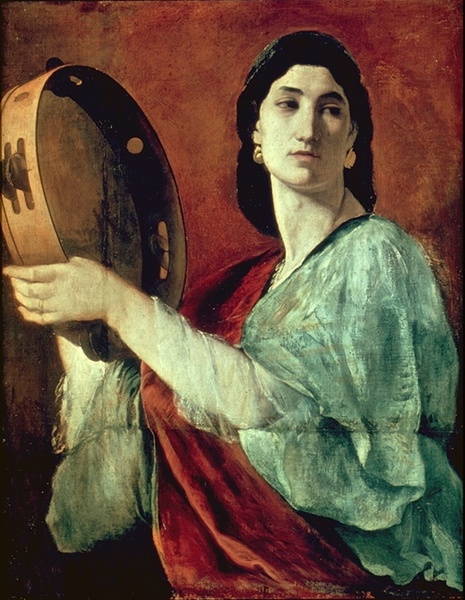3 Apr. Miriam and Aaron criticise Moses
“Miriam and Aaron began to talk against Moses because of his Cushite wife (he had married a Cushite). They said, ‘Is Moses the only one the LORD speaks through? Doesn’t he also speak through us?’ And the LORD heard this. (Now Moses was very humble. He was the least proud person on earth.)”
“So the LORD suddenly spoke to Moses, Aaron and Miriam and said, ‘All three of you come to the Meeting Tent.’ So they went. The LORD came down in a pillar of cloud and stood at the entrance to the Tent. He called to Aaron and Miriam, and they both came near.”
“He said, ‘Listen to my words: When a prophet is among you, I, the LORD, will show myself to him in visions; I will speak to him in dreams. But this is not true with my servant Moses. I trust him to lead all my people. I speak face to face with him – clearly, not with hidden meanings. He has even seen the form of the LORD. You should be afraid to speak against my servant Moses.’”
“The LORD was very angry with them, and he left. When the cloud lifted from the Tent and Aaron turned towards Miriam, she was as white as snow; she had a skin disease.”
“Aaron said to Moses, ‘Please, my master, forgive us for our foolish sin. Don’t let her be like a baby who is born dead.’… So Moses cried out to the LORD, ‘God, please heal her.’”
“The LORD answered Moses, ‘If her father had spat in her face, she would have been shamed for seven days, so put her outside the camp for seven days. After that, she may come back.’”
“So Miriam was put outside the camp for seven days, and the people did not move on until she came back. After that, the people left Hazeroth and camped in the Desert of Paran.”
(Numbers 12:1-16)

As the Israelites travelled slowly across the desert towards Paran, sibling rivalry reared its ugly head. Miriam, who was regarded as a prophetess and had pastoral oversight of the women in the camp, criticised Moses for his unsatisfactory relationship with his wife Zipporah - who was a Cushite (a descendant of Ham, the son of Noah) (see Genesis 10:1, 6-7).
In a dominant male society, she clearly resented her younger brother’s power over the men of Israel, and she appears to have disapproved of Moses’ poor marital relationship with her sister-in-law. So she questioned Moses’s special relationship with God, supported by Aaron, her brother (who had been criticised by Moses for making a golden bull for the Israelites to worship) (see Exodus 32:21).
This criticism of God’s chosen leader (who was, we’re told, very humble) made God furious, and he caused Miriam to be struck by leprosy, a deadly skin disease.
On seeing that Miriam’s skin now looked as deathly white as a stillborn baby, Aaron feared the same punishment might be brought on him. So he pleaded with Moses to forgive him for challenging his leadership, and asked that Miriam might be healed.
So Moses, once again, turned to God and asked him to forgive his sister and to heal her. God agreed, but insisted that Miriam follow the laws that made a person recovering from leprosy remain in quarantine for seven days away from other people before appearing before a priest and making appropriate sacrifices to confirm that her disease had disappeared (see Leviticus 13:1-7, 14:1-13).
The photo shows a depiction of Miriam the Prophetess in an 1862 painting by Anselm Feuerbach (in the State Museum of Berlin).
You can read about other hardships encountered by the Israelites in the desert @ https://www.thebiblejourney.org/biblejourney2/26-the-journey-continues-from-sinai-to-moab/hardships-encountered-in-the-desert
